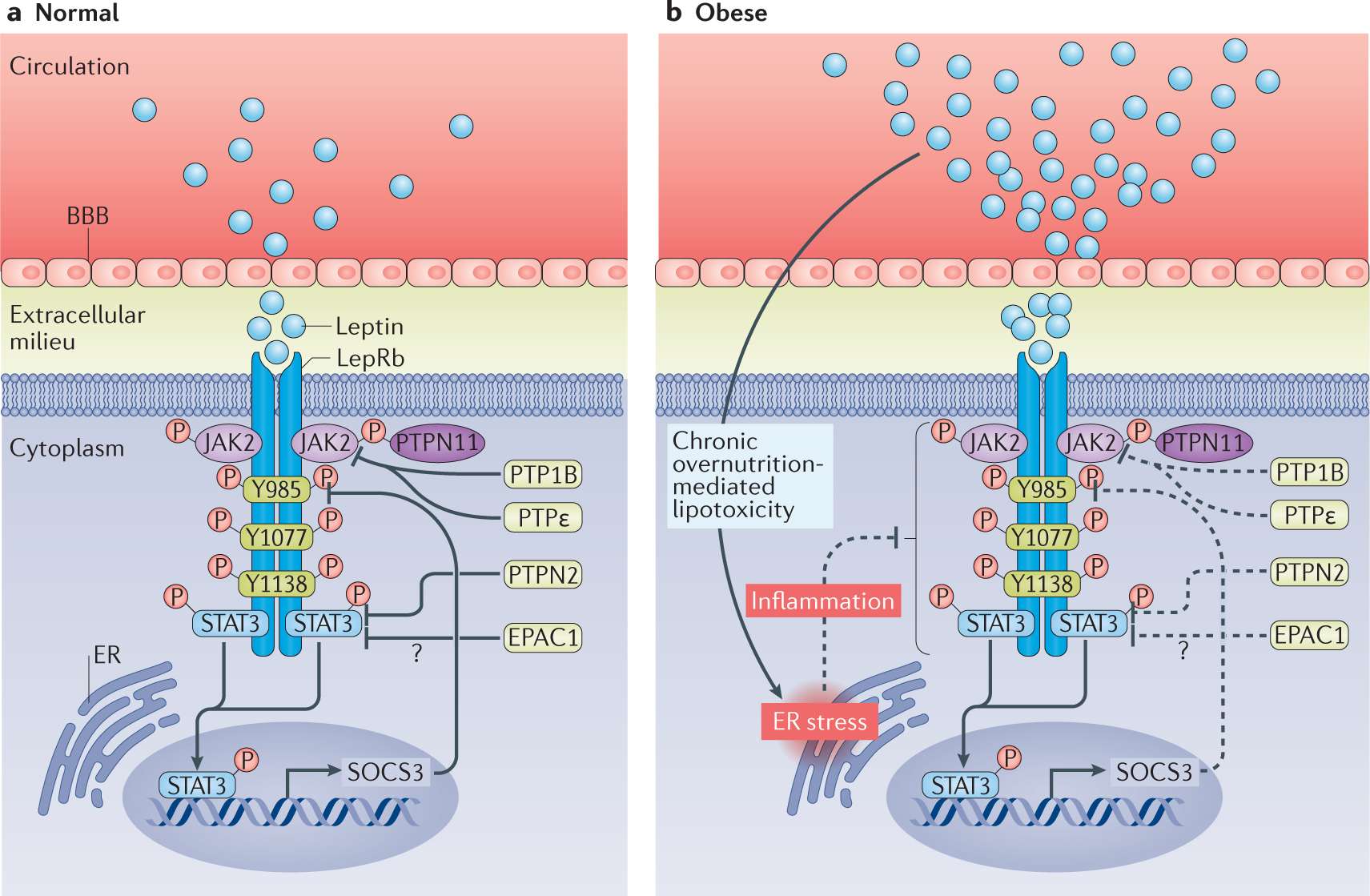Figure 2 |. LepRb signalling and the molecular mechanisms contributing to leptin resistance in obesity.

a | In individuals with normal body weight, circulating leptin crosses the blood–brain barrier (BBB) and binds to the ‘long’ form of the leptin receptor (LepRb), which induces phosphorylation of Janus kinase 2 (JAK2) and of multiple tyrosine residues in the LepRb intracellular domain. LepRb also receives inhibitory signals from multiple negative feedback loops (such as suppressor of cytokine signalling 3 (SOCS3), protein tyrosine phosphatase 1B (PTP1B), PTP non-receptor type 2 (PTPN2), PTPe and exchange protein directly activated by cyclic AMP 1 (EPAC1)), ensuring that activation of LepRb does not go beyond a physiologically necessary point. b | In obesity, circulating levels of leptin increase, which is associated with diminished leptin transport across the BBB and activation of the inhibitory negative feedback systems that eventually lead to diminished LepRb signalling. Increased free fatty acids and chronic overnutrition cause lipotoxicity and endoplasmic reticulum (ER) stress, and trigger inflammatory responses that might contribute to a blunted physiological response to leptin in obesity. STAT3, signal transducer and activator of transcription 3.
